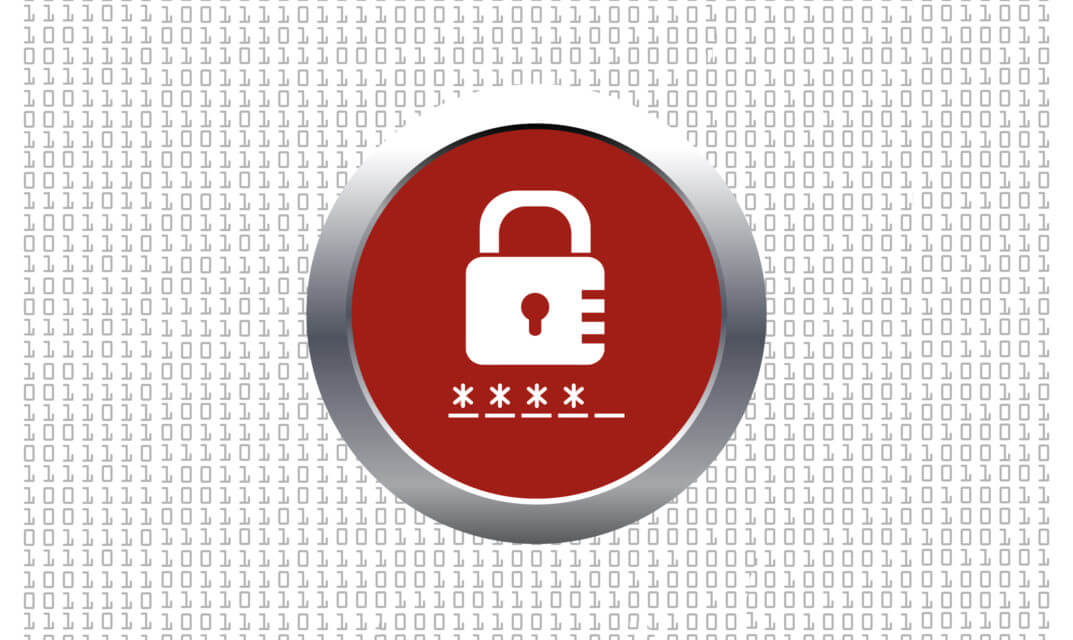“Damn it! What′s the password for this site again?”
If you can′t recall asking yourself this question – you must be using “password” as your password. Nice one, my friend, but not very secure.
We all know about the importance of strong passwords, so they′re not easily hacked or guessed. There are hundreds of articles on the Internet showcasing different ways and tools to generate strong passwords. So you go ahead and generate something like:
k8F00_#@dkuPar_!ku
However you′re also constantly reminded to keep your passwords unique, so if one of the sites is compromised and your password is revealed, it cannot be used to gain access to your other sites. In other words, your Ashley Madison password should not match your bank account.
So how do you create and (more importantly) remember strong and unique passwords for dozens of the sites you visit on a daily basis?
Here is a very easy-to-use 4-step mnemonic hack that will help you solve this dilemma:
Step 1: Choose a part of a song or a poem you know by heart
Pick about 10-12 words. For example:
Twinkle, twinkle, little star,
How I wonder what you are.
Step 2: Write-down the first letters of chosen fragment:
ttlshiwwya
Step 3: Scramble it:
We need to introduce some complexity to our password. Remember, we need lowercase, uppercase, symbols and numbers in our password.
For example, you might choose to always capitalize letter “t”, replace “i” with “1” and add “.” to the end of the string:
TTlsh1wwya.
Step 4: Make it unique to the specific site or service:
This will be your general rule for any website or application where a password is required.
You need to pick 2 or 3 letters from that service and add them to your password (always to the same position in the string!).
You might decide to take the last letter of the site name and put it in the front of the password and then take the first letter of the site name, and put it to the end of the password line.
For example, let′s say you′re creating a password for your twitter account:
twitter + TTlsh1wwya. -> rTTlsh1wwya.t
Using the same rule, passwords for gmail.com and SAP will be:
lTTlsh1wwya.g and PTTlsh1wwya.S respectively.
There are many password verification tools online where you can check the complexity of your password.
That′s it! Now you have a way to generate strong, secure unique passwords for every service or application you use (including our awesome project management software) and always remember them.
Do you have your own favorite way to generate passwords? Use comments below to share it. Don′t tell anyone – keep it a secret!
Follow us


